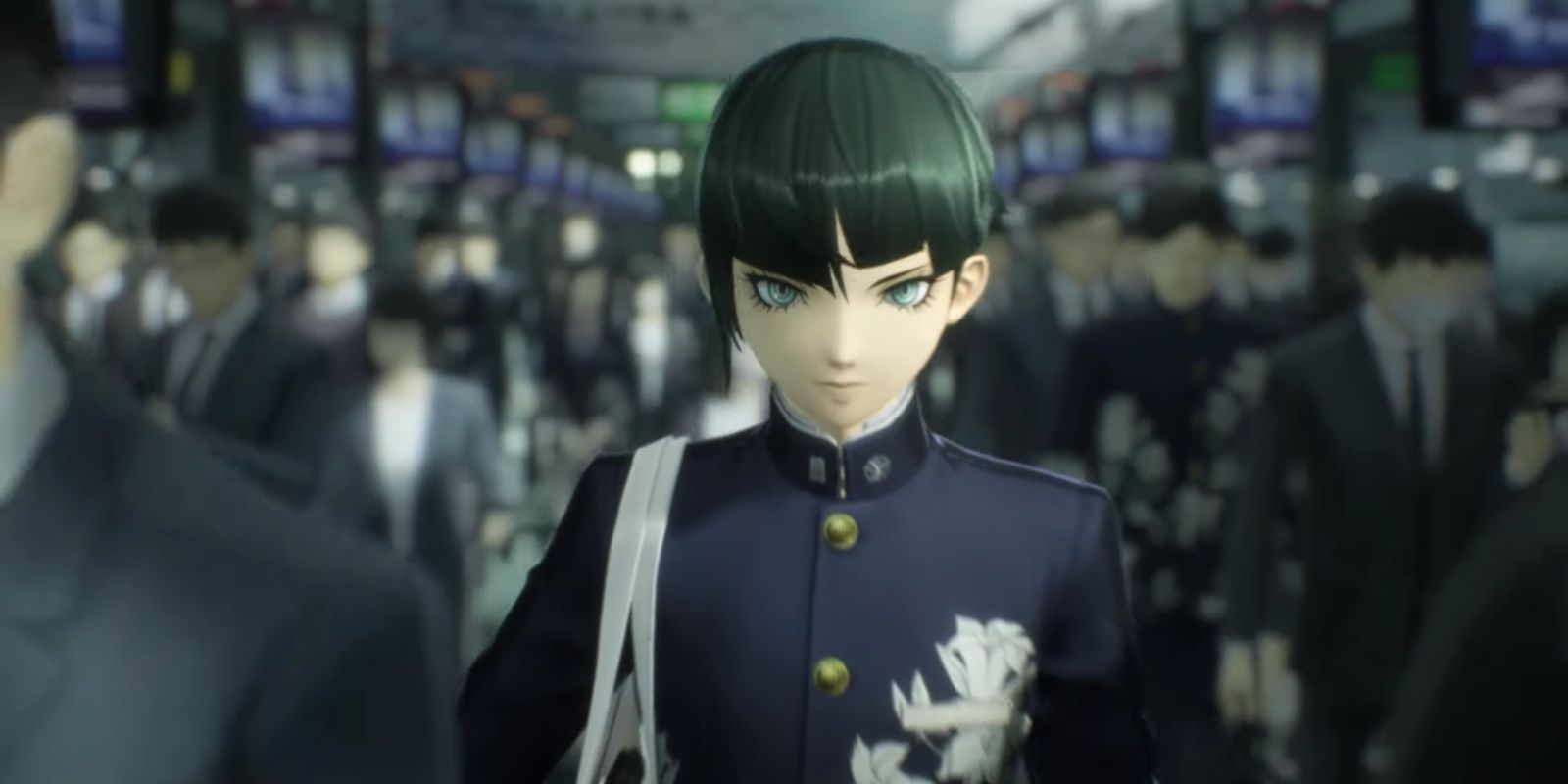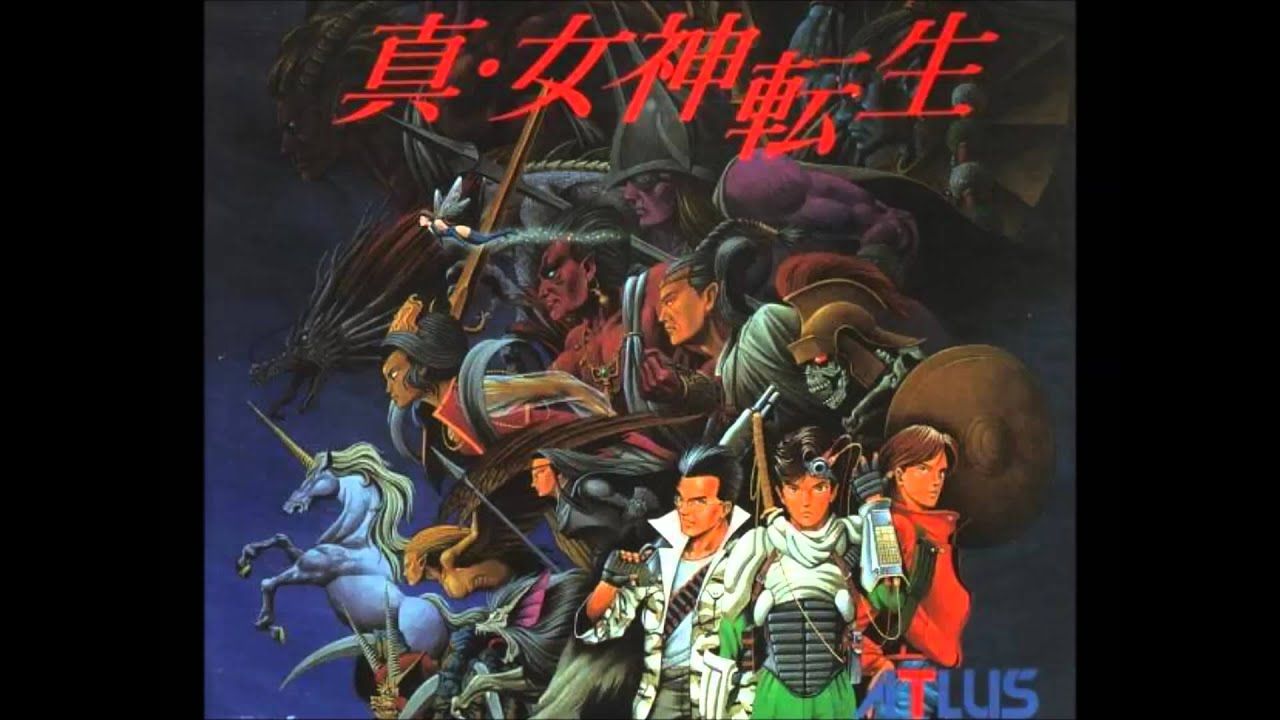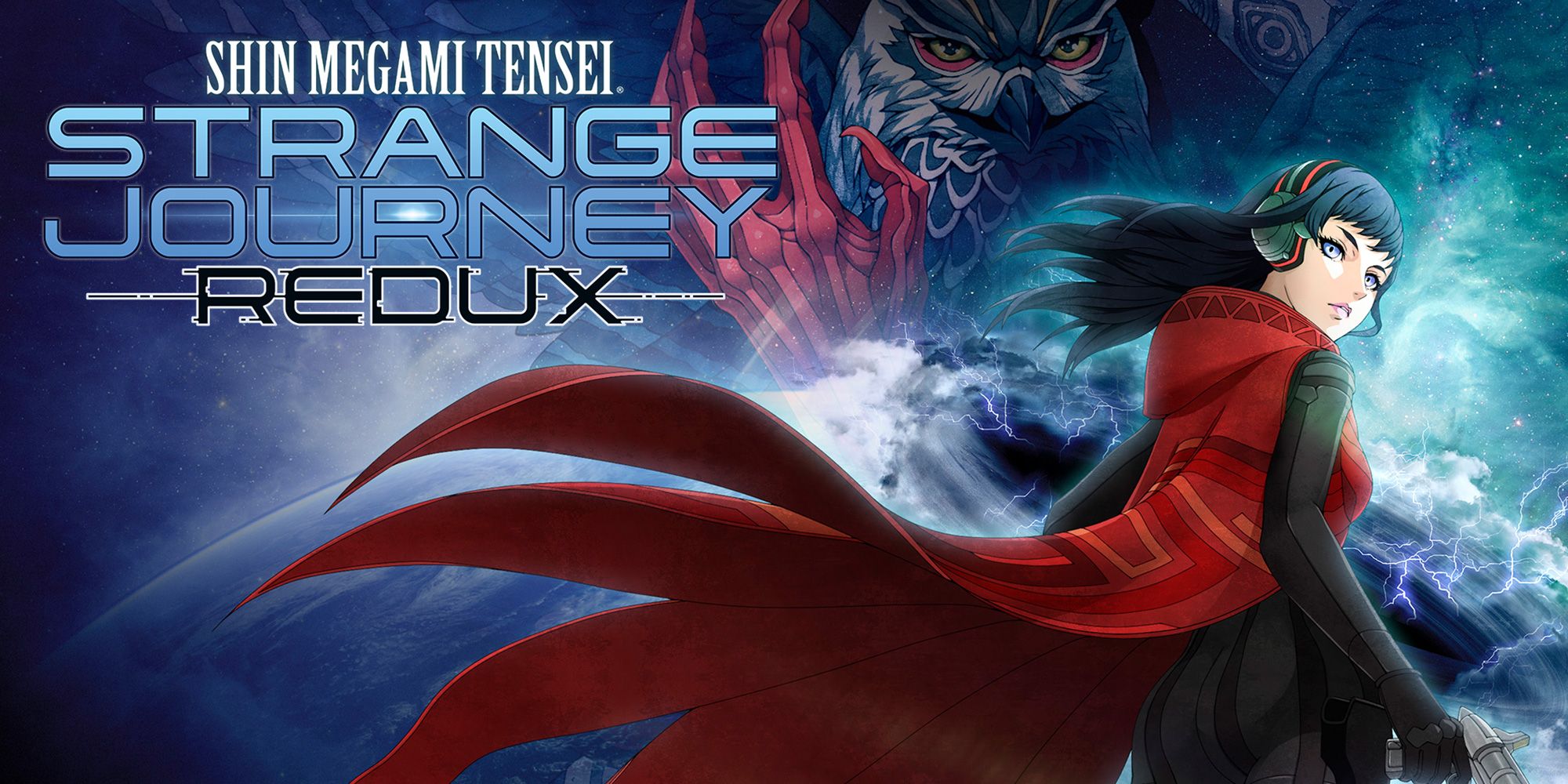
Shin Megami Tensei, once an obscure, niche and somewhat controversial series, has quickly become more and more mainstream. Dark, brooding and somewhat fatalistic, the series combines traditional turn-based role-playing battles with dungeon crawling and religious debate. This notoriously kept many of its earlier entries from releasing in the West.
Now, however, there are more games in the franchise available than ever before, which may leave newcomers at a loss figuring out where to begin. Available on several Sony and Nintendo consoles, Shin Megami Tensei games have several potential entry points, including many spin-offs. Here's a look at the franchise's history and which games are the best for those who have not yet been exposed to the series.

The Megami Tensei franchise, strangely enough, began not with a video game, but a book. This novel was titled Digital Devil Story, and Megami Tensei was derived from the subtitle of the Aya Nishitani tome. The story involved a pair of Japanese high schoolers who were the reincarnations of Japanese deities Izanagi and Izanami. One of them developed a computer program which summons demons, leading to a hostile takeover of the city led by Lucifer himself. The book and ensuing game adaptation introduced many of the concepts the series would become known for, such as a modern but apocalyptic setting, negotiating with demons and a morally grey tone.
This led to a sequel called Shin Megami Tensei on the Super Famicom, which featured sprawling plots about competing cults, nuclear attacks and deciding whether to fight with or against God and the Devil. These themes and settings were a stark contrast to the sometimes cartoonish traditionalism and medieval settings of Final Fantasy and Dragon Quest, but they're also part of the reason why the series stayed stuck in Japan for so long.
The blatantly religious (arguably anti-religious) themes of the games would have been incredibly controversial in the West. Thus, it was only in the late '90s, when the ever-popular JRPG genre as a whole began to rail against religion, that the series began to release outside of Japan. The games' notorious difficulty was also a huge factor in their lack of widespread release.
The franchise's popularity earned it several spinoffs, some of which now eclipse the main series in popularity. These include the dystopian Digital Devil Saga duo, which combined a wasteland setting with variants of Hindu mythology and also referenced the original book's title.
The Game Boy era Devil Children games made things a lot cuter than usual, attempting to capitalize on the popularity of Pokémon. The Devil Summoner games switched the battles from turn-based to tactical RPGs, with their slick art style and lowered difficulty attracting newcomers. Even the franchise's mascot, the Jack Frost demon, got a spinoff on Nintendo's moribund Virtual Boy.
Most popular, however, is the Persona series. These games initially shared the main franchise's dark mood, albeit trading out demons and religious iconography with Jungian and psychological concepts. From its third entry onward, however, it took on a bright, sugary, jazz and pop music-inspired aesthetic that garnered it far more mainstream appeal than Shin Megami Tensei ever had.

With so much of the series still stuck in Japan -- on incredibly outdated consoles no less -- getting into the franchise may seem daunting to some gamers. Thankfully, entries in almost every subseries of Megami Tensei are available to play on most modern consoles. Devil Survivor is available on all versions of the Nintendo DS, while its enhanced edition and sequel, Devil Survivor Overclocked and Devil Survivor 2, were released for the 3DS. Those who still have their 3DS or 2DS would be missing out if they didn't take a last chance to enjoy these titles.
Also on these handhelds are the original and remade version of Shin Megami Tensei: Strange Journey. This science-fiction-based entry was originally going to be Shin Megami Tensei IV was written to honor '80s horror flicks, such as John Carpenter's The Thing. It features the series' trademark terror and difficulty.
The true SMT IV also released on the 3DS, switching up the setting in a dramatic way. Instead of modern Japan, it takes place during the feudal era, with samurai waging battle to defend against the ravages of their demon opponents. An alternate version of this world was seen in the sequel Apocalypse, also on the 3DS.
Of course, entries in the Persona subseries are ubiquitous, with main entries, side stories and dancing games available on the PlayStation Vita, 3DS, PlayStation 3, PlayStation 4, and Nintendo Switch. The Wii U and Switch are also home to Tokyo Mirage Sessions #FE, a bizarre mix of the Shin Megami Tensei and Fire Emblem games.
Shin Megami Tensei V is still highly mysterious, but it's slated to come to Nintendo Switch sometime this year. Also coming this year is the Western release of Shin Megami Tensei III: Nocturne's HD remaster, which came out in Asia last year. While some of the franchise's earliest entries remain unavailable to gamers outside of Japan, there are more than enough Shin Megami Tensei-related games to enjoy in the present day wherever you are.
0 Comments